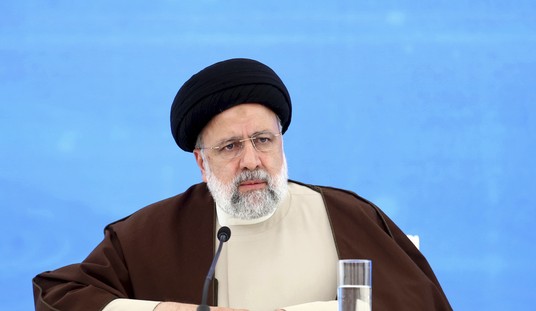Early Sunday morning, a U.S. Army soldier reportedly left an coalition outpost in the Panjwai district of Afghanistan’s Kandahar province, walked a mile, broke into three houses, shot sixteen civilians to death, and burned several of the corpses. The soldier, a staff sergeant from Joint Base Lewis-McChord in Washington state, was deployed in support of Special Forces who were engaged in “village stability operations” on Panjwai. He reportedly returned to base after the shootings and turned himself in.
This was an inexcusable act, and the fact that the suspect, who is currently in custody, has a wife and two children at home makes his decision to throw his own life away by taking the lives of others simply inexplicable. With everybody from the president down involved in this issue, there can be no doubt that the investigation will be quick and complete, and that the perpetrator will be prosecuted to the fullest extent of the UCMJ.
The reason the entire chain of command is involved, of course – all the way up to the Commander in Chief – is that this is much bigger than one man. The meandering effort in Afghanistan, which has been devoid of any clear goal for some time now (other than making it to 2014), has taken repeated PR hits in recent months and years, from the “Kill Team” to the incredibly overblown Qu’ran burnings in Florida (intentional) and on an ISAF post in Afghanistan (unintentional). Over ten years into the effort, U.S.-Afghan relations may be at their worst point since 9/11, and, to repeat, there appears to be no specific goal or end state in the minds of policymakers and military leaders other than a handoff to Afghan security forces in 2014 or earlier and a quick exit after that.
Given the toll that long years of repeated deployments to combat zones in which the enemy hides among (or is a part of) the general population, it is perhaps surprising that something like this hasn’t happened before. Further, the killing of coalition service members by members of the Afghan National Army and Police (or, in some cases, impostors wearing ANSF uniforms), and the shooting of two American officers inside the MoI, only adds to the stress felt by those who rightly see enemies or potential enemies all around them. The fact that no rogue individual has gone on a civilian-targeting shooting spree in the last ten years is a credit to the mental toughness of coalition service members, and to the oversight and structure provided by their leaders. The fact that those who have carried out heinous acts while deployed to Afghanistan have been prosecuted (the Kill Team, for example) also reflects positively on the structure and accountability of the commands in those countries, as well as the military justice system as a whole.
However, when added to what the New York Times refers to as “a cascade of missteps and offenses” by the coalition in Afghanistan, this atrocity takes on greater import. Whether or not riots break out in response to this event as they did in the wake of the Qu’ran burnings, there are bound to be repercussions on the Afghan street and in the myriad villages that ISAF forces, like the Special Forces unit that this shooter was deployed to support, are working day in and day out to stabilize, pacify, and convert. The job of every individual and unit conducting “stabilization operations” just became far more difficult, and the trust level between Afghan civilians and anybody wearing a coalition uniform just sank far lower than it had been previously.
The effective but controversial tactic of night raids was already a very touchy subject both among the Afghan population and in negotiations between the U.S. and Afghanistan over the post-2014 coalition presence. This one-man ‘night raid’ that left sixteen civilians dead not only adds to that issue, but also takes away significantly from Afghans’ ability to trust coalition troops with their lives and their security. Absent any clear larger goals in Afghanistan, it has to be fair game to ask what ISAF’s purpose in that country is if its ability to secure and protect the general population has been irrevocably compromised.
There is much that remains to be seen, both in this case and in Afghanistan as a whole. However, it’s as important now as it has been over the last ten years, since al Qaeda was disrupted and the Taliban government driven from power, to ask what our current goal is in that country, as well as how we measure its successful achievement — and, when we have a bit more time, it will also be worthwhile to consider how we found ourselves at this point in Afghanistan, over a decade after invading with what seemed to be a very clear short-term purpose in mind.














Join the conversation as a VIP Member